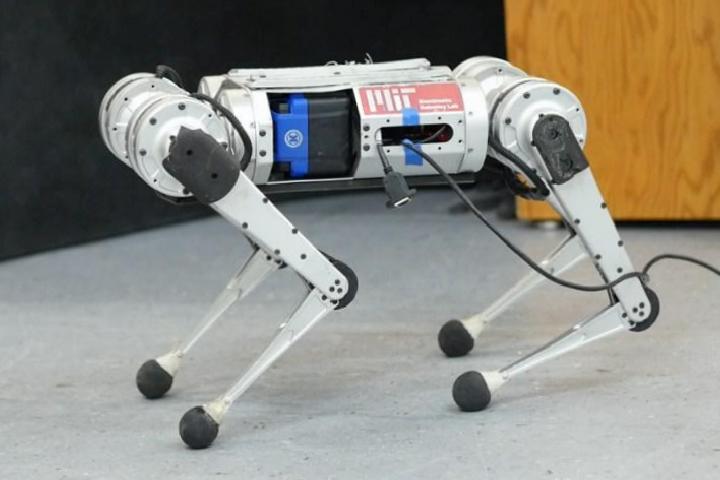
Robotics researchers at MIT used artificial intelligence-based simulations to quickly teach robotic cheetahs to adapt their walking style as needed. This method allowed the robot to learn to run and move faster than ever before.
Teslas will take atmospheric events into account when calculating range
Designing and programming robots to handle real-world situations is a very difficult task. Because of the flat pavement; It is possible for them to encounter countless obstacles, from slippery, ice or gravel floors. For this reason, bipedal or even quadrupedal robots often move very slowly and cautiously.
Artificial intelligence and simulation support for childhood
Researchers at MIT CSAIL developed the robot’s artificial intelligence to bypass the random learning-filled childhood period most humans experience and accelerate the development of the robo-cheetah. They turned to intelligence and simulations. In just three hours, the robot had 100 days of virtual adventures across various terrains.
As a result, he learned numerous new techniques that allowed him to alter his gait so that he could move effectively from point A to point B no matter what kind of ground was under his feet. At the end of the process, the mini cheetah reached a top speed of 3.9 m/s. Researchers say this is the fastest speed ever reported.
- Home
- Popular Science
- Zamazingo News
- Robot cheetah reaches record speed with artificial intelligence and simulation